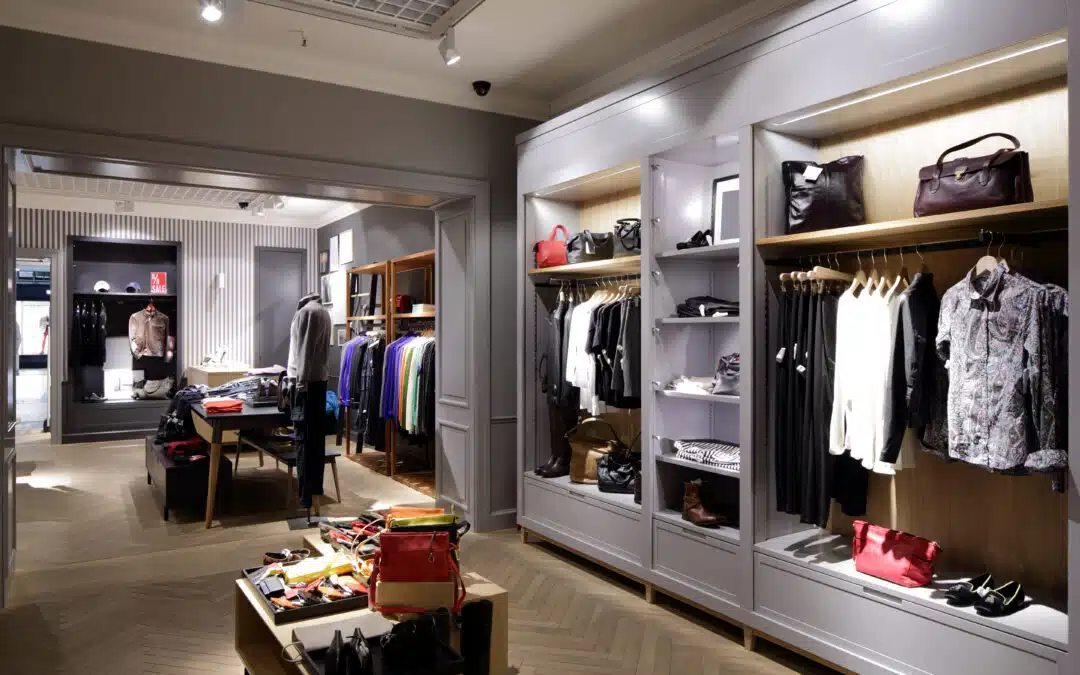Achieving a homey, comfortable atmosphere for your retail customers is easier than you think. Here’s how to Make Your Shop a Home.
When you work in retail, it might feel like your store is a second home (if you’re an owner, you might even spend more time there than you do your actual home). But for a customer, even a usual customer, that homey connection isn’t always immediate. We show you how to Make Your Shop a Home
But in 2021, as shoppers emerge from behind their screens and re-enter brick-and-mortar shops, “home” is exactly what many retailers are trying to recreate in the in-store experience. While inviting, warm, and cozy atmospheres have been popular in the hospitality and restaurant industries for some time, now retail spaces are diving into the trend, making this one of the biggest trends in retail design of 2021.
A Shopper’s Home Away from Home
Let’s face it – we’ve spent a lot of time in our homes recently, and they’re where we feel most relaxed, comfortable, and safe. Why wouldn’t we want to feel the same in a retail store? Embracing design elements and pieces you might see in your own home is a great way to help customers instantly feel relaxed and spend more time in, opening the potential for an amazing brand relationship to grow.
Achieving a Home-Like Retail Space
Here are some examples of how we at RFP have helped our retail clients create an inviting, residential-feeling space:
- Hardwood: The rich, natural tones of wood – from your flooring to your display furniture – is key to creating an inviting atmosphere in your store. This works across your brand’s specific style – light tones like birch keep the mood breezy and light and casual, and darker hues like mahogany convey a sense of elegance and luxury. And for the budget-conscious designer, wood veneers and vinyl flooring can get the right look across without investing in true hardwood pieces but may need more upkeep with high foot traffic and general wear-and-tear.
- Create multiple spaces: Much like a home, a retail space can be separated into official or unofficial “rooms” – whether that’s through carefully placed homey accessories (like a record player, picture frames, or a handwashing station), seating (like a couch and coffee table) or even separate revenue streams (like an in-store café or dining area). Not only will this encourage a shopper to explore, but they will also give them more opportunities to stick around, sit down, and build a stronger relationship with the space. You can also engage multiple senses this way – the sounds of the music intermingle with smells from the café and the texture of the couch. Keep these senses in mind when establishing your store design and concept, even if you don’t have these established “rooms.”
- Maintain a human scale: Some retail spaces – from grocery stores like Eataly or Loblaws to furniture stores like IKEA – have the brand of “bigger is better.” More square footage, more product, more experiential retail opportunities. But even in such big spaces, commercial designers can maintain a human scale by looking at a few key areas: furniture size, lighting placement, and ceiling height are a few.

